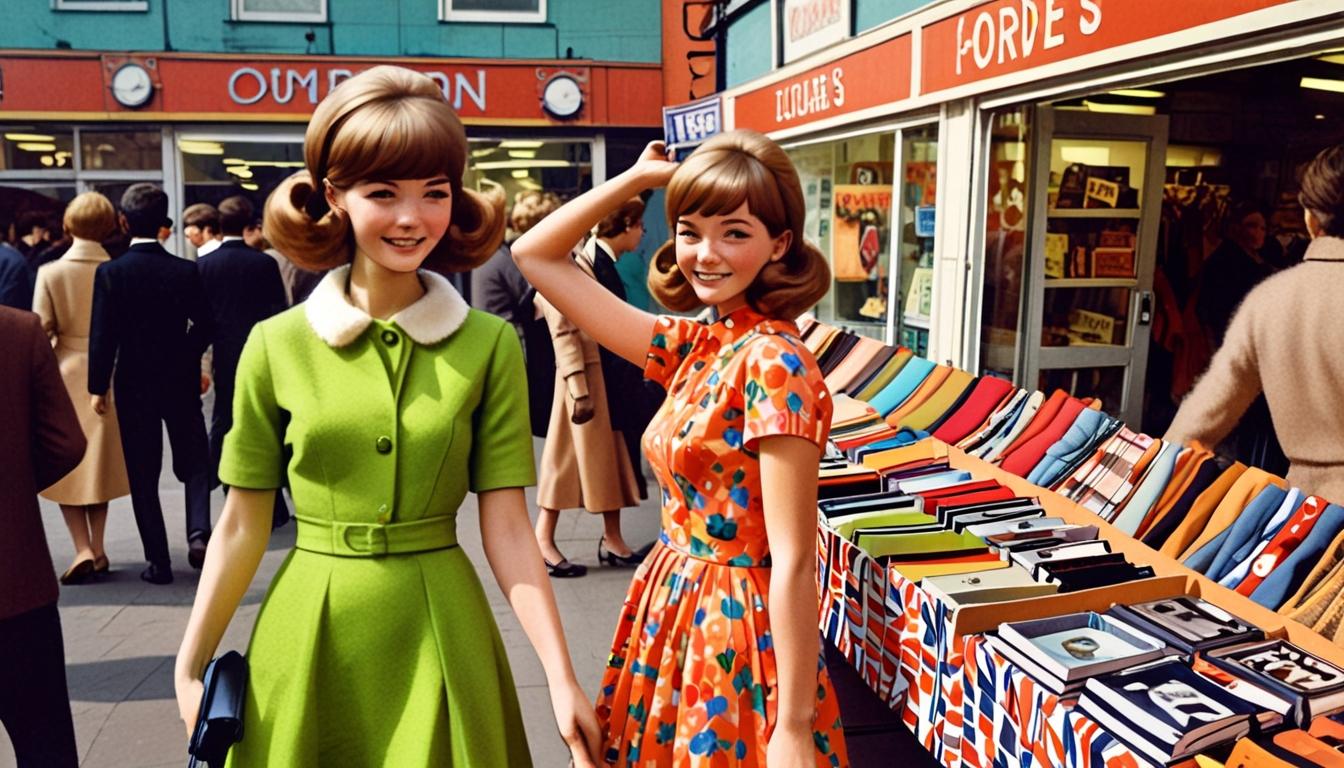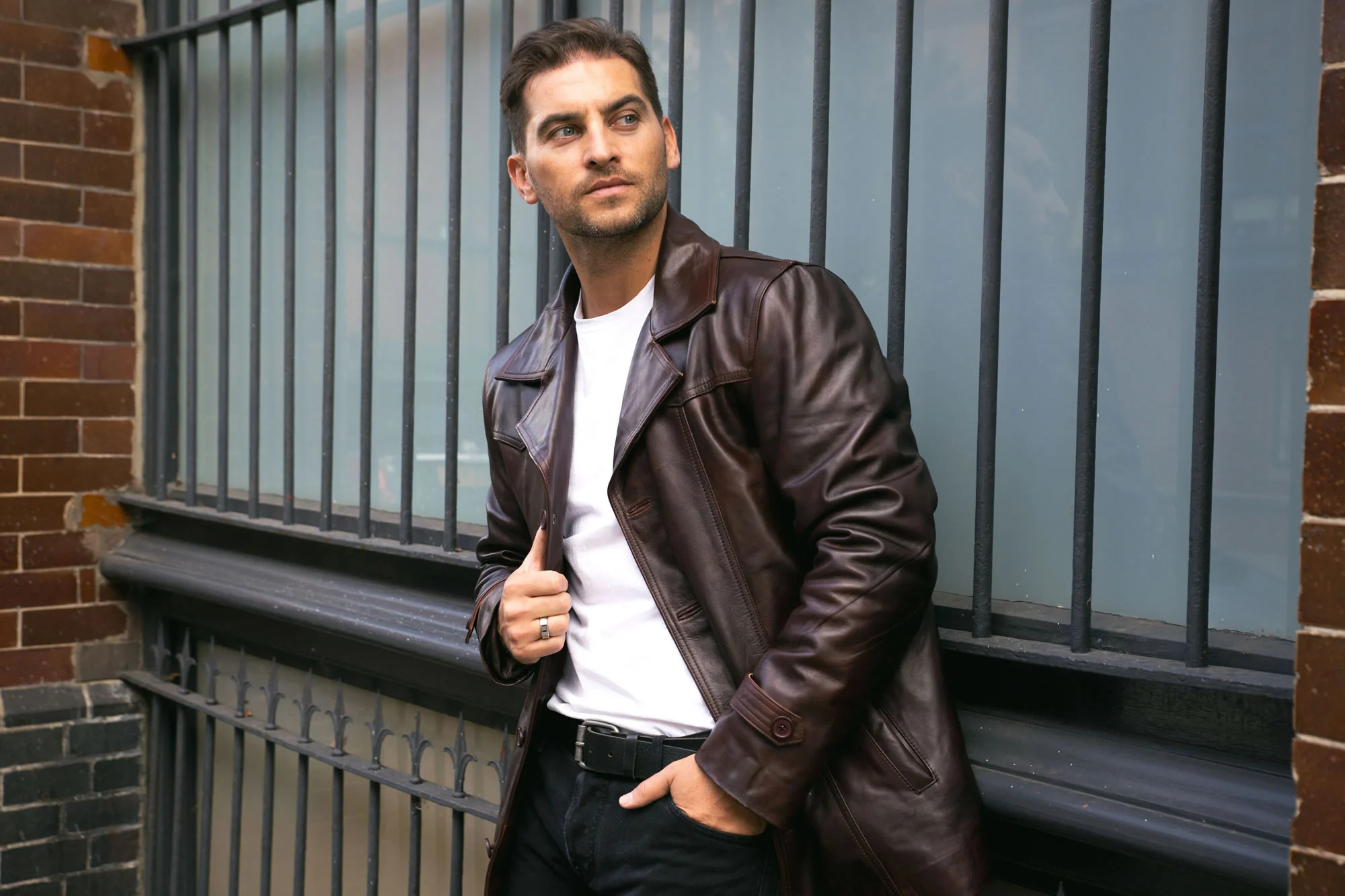A young woman’s summers in London during the transformative 1960s explore the intersection of fashion, music, and social change.
As the cultural landscape of 1960s London shifted dramatically, one young woman found herself at the nexus of fashion, music, and social evolution. Drawing from her unique childhood experiences, particularly those summers spent in London, the writer reflects on a vibrant period characterized by a new wave of artistic expression and revolutionary style.
Born to an American mother and a British father, the author spent her formative years in New York but would return to London each summer, providing her a dual perspective on the evolving British culture. Growing up as an only child in a socially active family, she frequently navigated the city with her friend Susie Cooke. The freedoms these summers afforded them contrasted sharply with the structured lives they led at their New England boarding schools, an experience they cherished.
The landscape of her London summers transformed in 1963 with the emergence of The Beatles, whose influence reverberated throughout the city and beyond. The writer notes how her worldview shifted alongside the music, as she and Susie became immersed in a scene that featured cutting-edge fashion trends. Styles prevalent in their immediate surroundings were soon infused with the iconic looks championed by musicians and designers alike, as Vidal Sassoon hairstyles and Mary Quant’s creations became ubiquitous among the fashionable set.
By the summer of 1967, at the age of 17, the author secured a position as a reader at a publishing house while living in Chelsea. Although she faced disapproval from her landlady for her bold style choices—such as pale foundation and short skirts—these were emblematic of the era’s liberated spirit. Her modest weekly paycheck of $17 was pooled for visits to the renowned Biba boutique, where she could acquire fashionable ensembles at a fraction of the cost.
As fashion continued its evolution, she began to notice a shift away from mod styles towards a romantic aesthetic, reminiscent of bygone eras. This newfound trend was epitomized by flowing clothing often associated with rock icons like Jimi Hendrix and The Rolling Stones. Seeking the roots of this phenomenon, she discovered the Chelsea Antique Market, a bustling enclave filled with vintage finds.
Nestled within a labyrinth of stalls, this marketplace offered a plethora of antiques and vintage clothing. Among the arrays of goods, the author found her own passion ignited. Specifically, a dimly lit grotto on the second floor became her favorite haven—overflowing with vintage garments ranging from couture pieces by designers like Schiaparelli to playful ensembles that echoed the styles of celebrated performers. The shop’s extensive collection included unique items such as Fair Isle jumpers and cut-velvet shawls, all organized in an extravagant yet chaotic display.
Without the luxury of fitting rooms, shoppers often stripped down in the presence of others, a testament to the intimacy and camaraderie of the vintage shopping experience during that vibrant time. For the young woman, these summers in London were not just a youthful escape but a formative experience that allowed her to engage deeply with the changes in society, fashion, and self-expression, ultimately shaping her identity in a rapidly evolving cultural zeitgeist.
Source: Noah Wire Services




